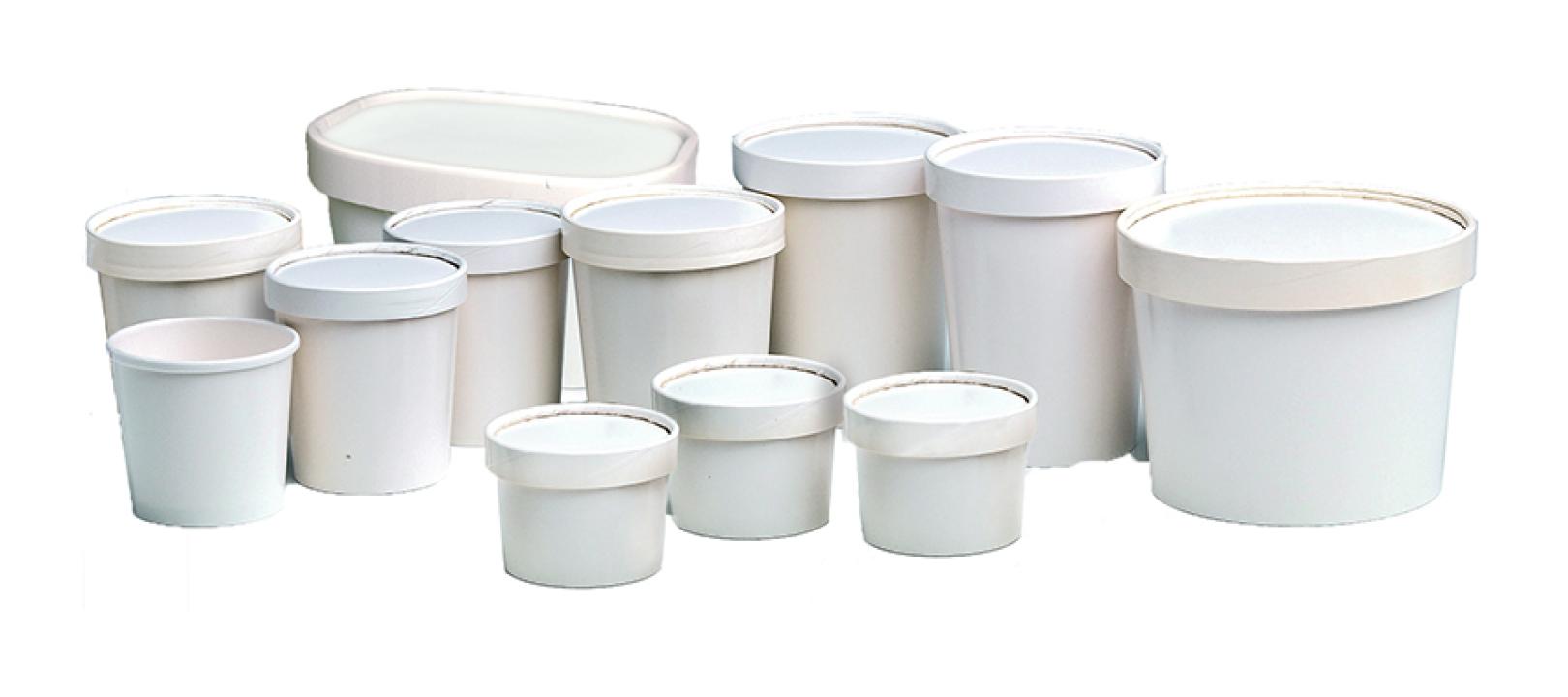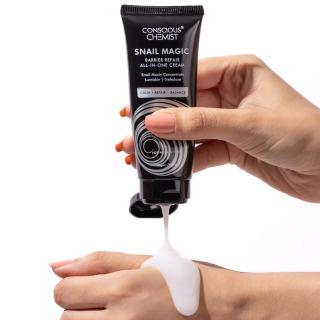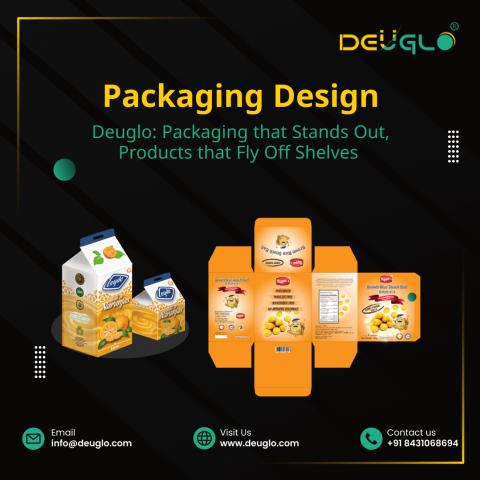As the world
becomes more aware of environmental challenges, sustainability has become a key
focus in many industries, including the food sector. Ice cream packaging, in
particular, has seen a shift towards eco-friendly solutions that reduce waste
without compromising product quality or consumer convenience.
1. The Environmental Impact of Traditional
Packaging
Traditional Ice
Cream Packaging, such as plastic tubs, cups, and wrappers, has long
been criticized for its environmental impact. Single-use plastic is a
significant contributor to global plastic pollution, with millions of tons
ending up in landfills or the ocean each year. Given that ice cream is a
high-volume product, the packaging waste generated by the industry is
substantial.
Most conventional
ice cream packaging is made from plastic or plastic-coated materials that are
not easily recyclable. This is particularly problematic because the packaging
needs to be durable enough to withstand freezing temperatures, moisture, and
rough handling during transportation. While these materials provide excellent
protection for the product, their environmental footprint is significant.
As consumer
awareness of plastic pollution grows, there has been increasing pressure on
manufacturers to develop more sustainable packaging solutions that reduce waste
and minimize environmental harm.
2. Recyclable and Compostable Packaging
One of the most
promising trends in sustainable ice cream packaging is the use of recyclable
and compostable materials. These materials help reduce the amount of waste
generated by single-use packaging and offer an eco-friendly alternative to
traditional plastics.
- Recyclable
Materials:
Paperboard is one of the most common recyclable materials used in ice
cream packaging. It is often coated with a thin layer of plastic to make
it moisture-resistant and suitable for freezer use. While this coating
makes it more difficult to recycle, advancements in recycling technology
are making it easier to process paperboard with plastic coatings. Some
companies are also developing mono-material packaging that is easier to
recycle because it is made from a single type of material.
- Compostable
Materials:
Compostable packaging is designed to break down in industrial composting
facilities or home compost bins. These materials are typically made from
renewable resources like cornstarch, sugarcane, or other plant-based fibers.
Compostable ice cream cups, spoons, and wrappers are becoming increasingly
popular as consumers look for ways to reduce their environmental
footprint.
However,
compostable packaging comes with its own set of challenges. For example, it
requires proper disposal in composting facilities, which are not always widely
available. Additionally, compostable materials must meet specific standards to
ensure they break down effectively and do not release harmful chemicals into
the environment.
3. Lightweighting and Reduced Material Use
Another trend in
sustainable ice cream packaging is the practice of lightweighting, which
involves reducing the amount of material used in packaging. This approach not
only lowers production costs but also minimizes the environmental impact of
packaging by reducing the amount of waste generated and the resources required
for transportation.
- Thinner
Packaging:
Some manufacturers are experimenting with thinner plastic films and
lighter paperboard cartons that offer the same level of protection as
traditional packaging but use less material. For example, some ice cream
wrappers are now made from ultra-thin plastic films that are just as
effective at keeping the product fresh while significantly reducing
plastic use.
- Optimized
Design:
Packaging designers are also working on optimizing the shape and size of
packaging to minimize material use. For example, reducing the height of an
ice cream tub or making the lid thinner can lead to significant material
savings without affecting the product’s quality.
4. Reusable and Refillable Packaging
In addition to
reducing the use of single-use plastics, some ice cream brands are exploring
reusable and refillable packaging solutions. These innovative approaches allow
consumers to enjoy their favorite frozen treats while reducing the amount of
packaging waste that ends up in landfills.
- Glass Jars
and Metal Containers:
Some premium ice cream brands have introduced reusable glass jars or metal
containers that customers can return for refills. These containers are
durable, easy to clean, and offer a unique aesthetic that sets the brand
apart. While the upfront cost of reusable packaging is higher, the
long-term benefits of reducing waste make it an attractive option for
eco-conscious consumers.
- Subscription
Services:
Another emerging trend is the use of subscription services that deliver
ice cream in reusable containers. Once the customer has finished the
product, they can return the empty containers for cleaning and refilling.
This closed-loop system reduces the need for disposable packaging and
helps build brand loyalty by offering a convenient and sustainable way to
enjoy ice cream.
5. Biodegradable and Plant-Based Packaging
As concerns about
plastic pollution continue to grow, biodegradable and plant-based packaging
materials are gaining popularity in the ice cream industry. These materials are
designed to break down more quickly than traditional plastics, reducing the
amount of waste that ends up in the environment.
- Plant-Based
Plastics:
Some companies are experimenting with plant-based plastics made from
renewable resources like cornstarch or sugarcane. These materials offer
many of the same benefits as traditional plastics, such as durability and
moisture resistance, but with a lower environmental impact. While
plant-based plastics are not always compostable, they can be recycled in
the same way as conventional plastics.
- Bio-Coatings: Another
innovation in sustainable ice cream packaging is the use of bio-coatings
that replace traditional plastic coatings. These bio-coatings are made
from renewable resources and are fully compostable. They provide the same
level of moisture resistance as plastic coatings, making them ideal for
use in freezer applications.
Get More Insights on Ice
Cream Packaging
Missing comfort of
reading report in your local language? Find your preferred language :









